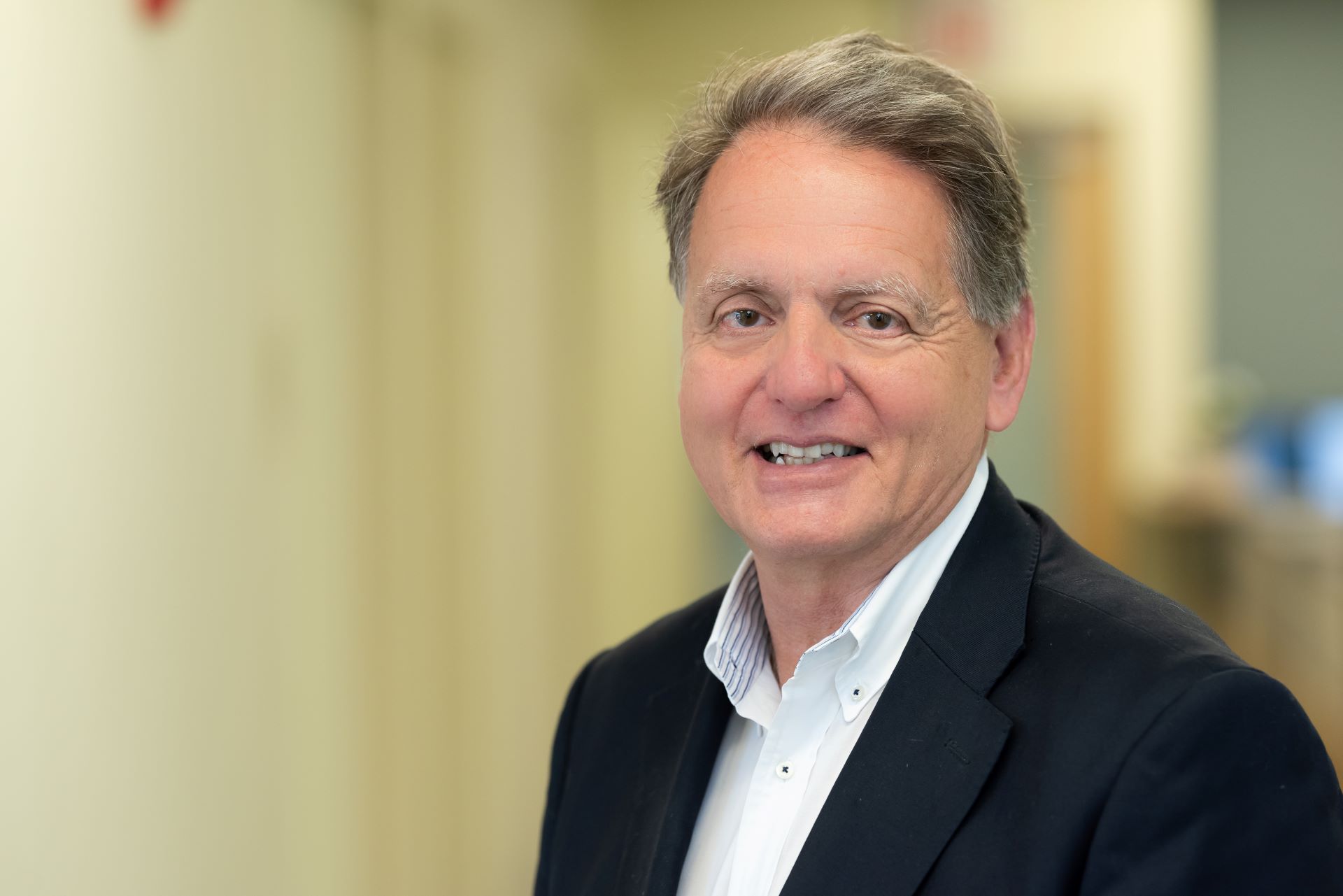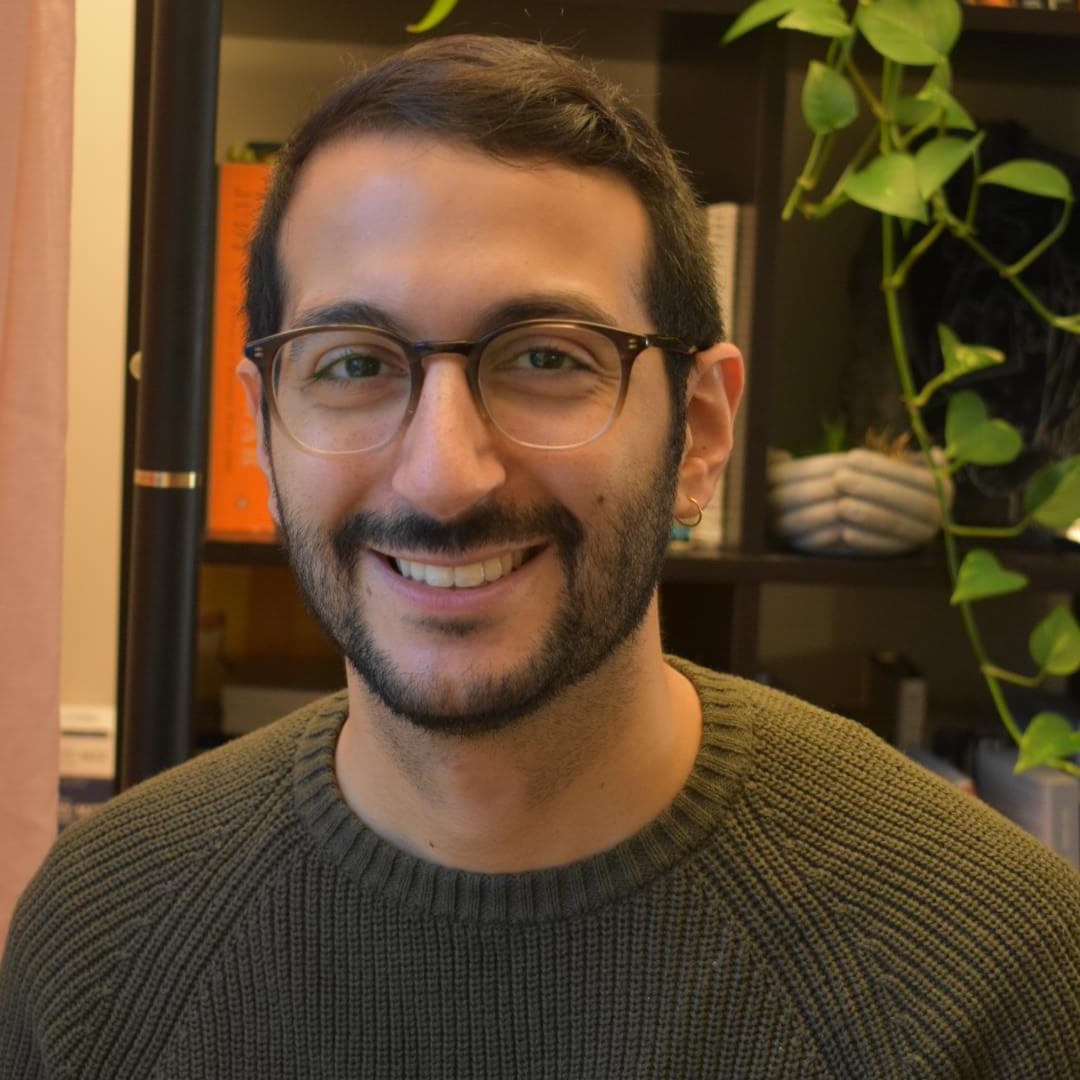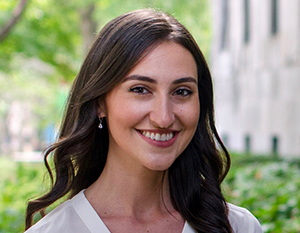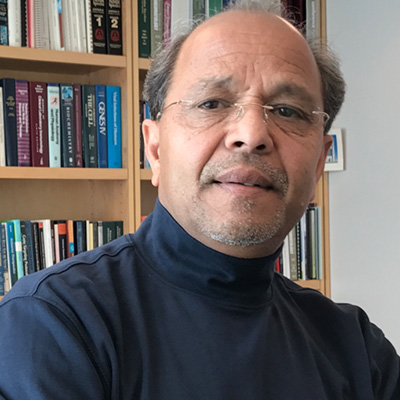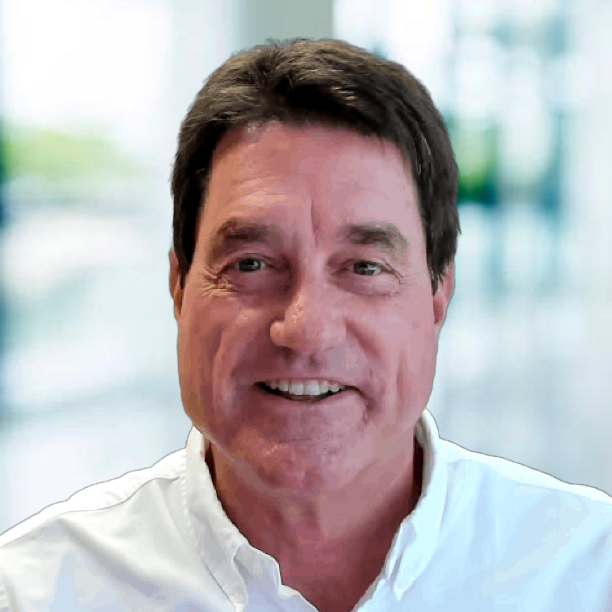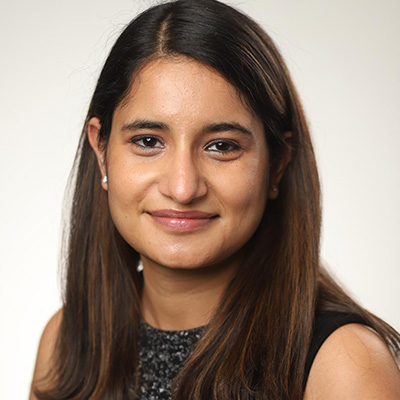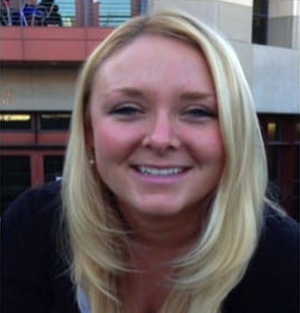
Looking for something?

Maureen McKeague, PhD,
Postdoctoral Scholar,
Bioengineering Department, Stanford University
How did you become interested in the field?
I’ve been fascinated with nucleic acids ever since high school biology. In my undergraduate degree, I enjoyed genetics, but I truly loved studying chemistry. I found the perfect mix during a summer research internship with Professor Maria DeRosa at Carleton University, Canada. We studied and worked with nucleic acids (aptamers) to solve chemical problems. Throughout my PhD and postdoc, I continue to be inspired by the capabilities of nucleic acids. Their potential and applications are limitless; however, their design and synthesis are so much more accessible than other biological tools.
Who were your early mentors?
Professor Maria DeRosa (PhD advisor): She encouraged me to do a PhD in her group. Maria has an unmatched passion for science and chemistry – this passion and enthusiasm definitely rubbed off on me. She also provided me with many opportunities to present my work at international and prestigious conferences early-on in my PhD.
Professor Christina Smolke (Postdoc advisor): Christina continues to inspire me to think broadly about the capabilities of nucleic acids. In my current work, I use them as an engineering tool – to control cell behavior – with the aim of dressing key challenges in cellular therapeutics, targeted molecular therapies, and studying environmental toxicity. She also taught me to be fearless –to not let setbacks disrupt my success and passion for research.
Why do you continue to support the society?
My first involvement with OTS was at last year’s conference in San Diego. It was such a great opportunity to interact with researchers, clinicians, investors in both academia and industry. It is very motivating to see basic research translated into practice and into the clinic. I’ve since enjoyed many of the benefits of membership. For example, as a young researcher, it is important to stay on-top of the ground-breaking developments in our field. Getting updates from the society about the status of oligo-drugs in clinical trials has been very useful for motivating my work and the field as whole.
What is special about the type of research/work you’ve done?
My goal is to make aptamers readily accessible for direct implementation into therapeutic applications, diagnostics, and biosensors. Much of my work involves developing high-throughput screening assays, flexible validation methodologies, and a comprehensive aptamer database. Currently, I am applying aptamers as single-cell, in vivo, real-time biosensors – with applications in medicine, toxicology, and synthetic biology.
What do you like to do in your free time?
I co-chair the AWIS (Association for Women in Science) mentorship program at Stanford. I also act as a mentor for several young women in undergraduate and graduate studies in chemistry, bioengineering, and biophysics. For fun, I try to squeeze in golf lessons, yoga, and seeing a baseball game or two!
Any other fun facts/tidbits you’d like us to know!
My 15 minutes of fame came from my SELEX Science/AAAS Dance Your PhD. https://vimeo.com/14528924 In my PhD, the DeRosa lab put together a dance that described one of my projects – and we won! It was a lot of fun and has been a very useful tool for describing my work, and motivating the younger generation to go into STEM. I highly recommend this side project to every research group.


